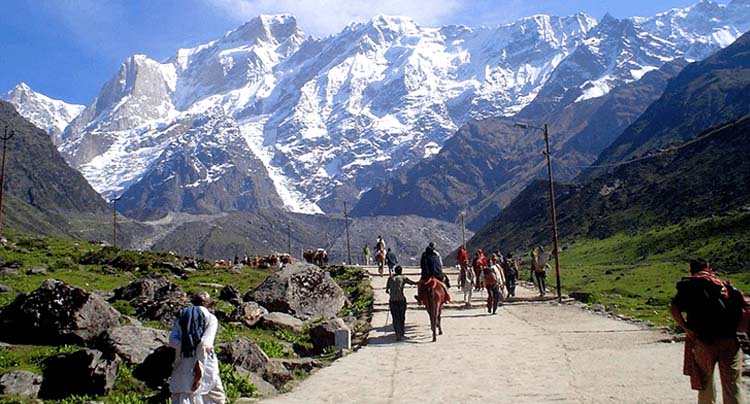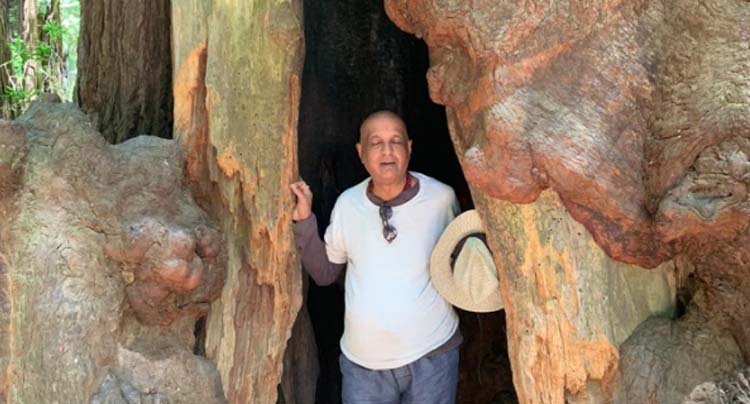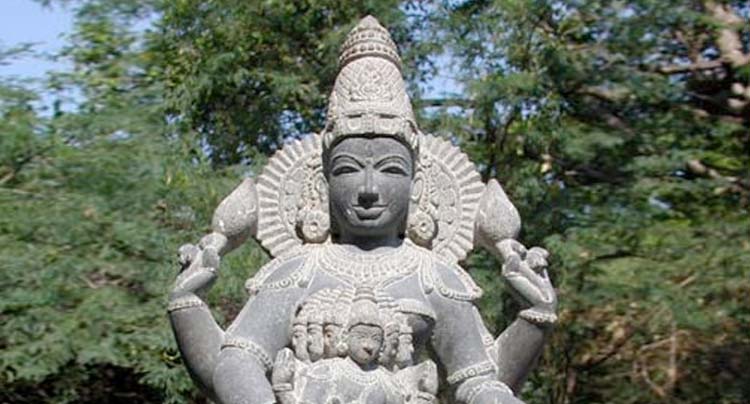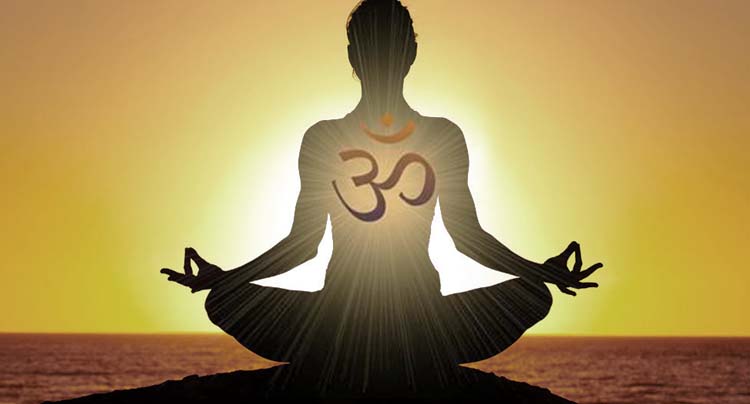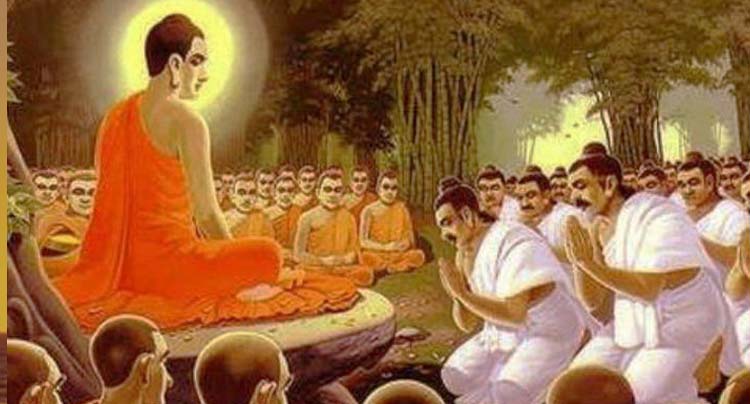There are generally two kinds of individuals who come on the spiritual path. The first is one who is running away from something and looking for an escape. The second is one who has questions and is seeking something.
The first is what I call the negative seeker. He seeks out the spiritual path as a temporary retreat from whatever he may be trying to escape. Generally, as soon as he gets the respite, he is back where he came from. For this individual, spirituality is like a balm to sooth frayed nerves or a pill for the headache. But it is rare that he stays on the path and goes further and higher.
The second individual has a calling within himself that typically starts with many questions, Who am I, Why am I here, What is the purpose of life, What is this manifestation etc. When he is unable to get answers from the traditional sources like parents, school, college, teachers, religion and others, he seeks out the spiritual path. It is a positive seeking.
Along the spiritual path, one comes across various concepts like moksha, nirvana, enlightenment, realization, salvation, liberation. Depending on the specific path he is on, or the teachers and masters he encounters, or books and scriptures he reads, one of these concepts becomes a goal to be achieved. Most of the time the questions that
arose at the beginning of the journey drop out and the only thing that remains is the single minded focus on achieving one of these lofty goals.
If he achieves one of these goals, then what comes next? What happens to the rest of his life? Is this goal really for something after death or for the next life? Is it for sharing with others through teaching? Is it for acquiring some supernatural powers so as to be able to perform miracles? Or is it plain and simple an ego booster with a
sense of achievement and accomplishment? And how does one know when one has achieved one of these goals. Is there a certificate given out at the end that provides testimony to this effect? It is the rare master who will help a student with this aspect. Most teachers guide a student along this path with the sole purpose of achieving one of these lofty goals. And they leave them stranded along the way. Many students have a vision of sitting in the mountains or in the caves in constant meditation, or becoming a renowned teacher with hordes of followers. None of this may happen.
A true sadhak will find awareness along the way and realizes that it is the path that is important, not the goal. The path does not come to an end when the goal is reached. It continues until the last breath. An awakened individual will even stop thinking of those lofty concepts and goals. He will focus just on living his life from moment to moment. He will live in the present moment.
How does an awakened individual live his daily life? He starts vibrating on a much higher frequency. The daily life goes on as always. But the higher frequency results in various changes that appear subtle but are very deep. What is this higher frequency?
Those who are familiar with the metaphysical world or those who work in the field of energy healing are aware that the human mind/body combination is nothing but a solidified manifestation of energy waves. It is a microcosm of the Universe itself that vibrates at different frequencies. Each cell in the body is a microcosm of the entire Universe, and each mind/body is the sum total of these cells. Each cell is an energy wave and vibrates at a certain frequency. The frequency at which each cell is vibrating is a function of one’s acquired genes and up to date conditioning that is happening each moment. Therefore the body/mind itself is vibrating at a frequency that is the sum total of all these individual frequencies.
In energy healing, channels that have become blocked are cleared through various modalities like reiki, pranic, chakra cleansing, sound, aroma, regression etc. These blockages affect the individual at three levels, the physical, the mental or emotional and the spiritual. Physical blockages manifest in various diseases. Mental/emotional blockages result in mental or emotional instability, outrages, interpersonal conflicts etc. Spiritual blockages, that are mainly in the aura or subtle body, do not allow the individual to progress to his full spiritual potential. Each of the seven chakras has a direct bearing on these blockages. The first three chakras (mooldhara, swadishthana, manipura) have mainly to do with the physical blockages. The next two (anahata
and vishudhi) have to do with mental or emotional blockages. The highest two chakra (ajna and sahasara) have to do with the spiritual blockages. When these blockages get removed gradually, the individual starts vibrating at higher frequencies. All the static in the form of impurities has been cleared. The vibrations are much clearer. Just like a radio or TV reception. With total awareness and awakening, a person vibrates at the highest frequency. This is labeled as moksha or nirvana or enlightenment or realization or salvation or liberation.
So what does it really mean to vibrate at higher frequencies? Is this a state to be achieved by itself? How does it translate into daily living? Daily living involves interacting with other individuals and with the environment in which one lives. This includes the food we eat, the home we live in, the activities we indulge in and the Nature all around us. Once the awareness of ‘I Am That’ has been realized, one sees oneself not as an island unto oneself, but as connected to the whole, i.e. the Universe and the entire manifestation. The waves are constantly reaching out and coming in. However since this state of awareness means vibrations at higher frequencies, one becomes more
sensitive and subtle, and vibrates in consonance with other similar higher frequencies. It starts to reach out as well as receive higher frequencies from wherever they may be emanating; other individuals, animals, plants, food, space and the general environment. As a corollary, one starts shirking away from anything that is transmitting a
lower frequency.
We intuitively become more comfortable with people at the same level and connect with them easily. We avoid people with gross tendencies and characteristics. We are able to see through people more clearly, and thereby understand them much better. This becomes true with family as well as friends, colleagues and strangers. We enter a space
and immediately back off, repelled by the lower frequencies vibrating there, either from the people in the space or the materials used or the shape and form of the space. We start saying, the vibrations here are not good or the opposite. We are able to discern between saatvik and tamsik food and our food habits change such that only saatvik food satiates our need for nourishment. We no longer indulge in frivolous activities that have no higher purpose. We are drawn more and more towards writing, reading, teaching, arts. We are drawn towards Nature and spend as much time as possible interacting with her. We are drawn towards the energies of animals and plants, and fully aware that they are as much part of the Whole, we adopt a more nurturing approach towards them. We cringe at the thought of any harm caused to them.
Attachment to people and objects disappears, replaced by nonjudgmental observation as a mere witness. We do not lose our emotions; we still feel sorrow and pain and joy and happiness, but tears stop shedding. Knowing full well that everything is transitory and an illusion, we move on to the next moment. The past has no more relevance. The future is not here yet. We savor each moment in the present.
Intuition, sensitivity and the sixth sense get sharper. Silence, equanimity and nothingness become second nature.
When all the questions have dropped, one starts living in awareness. Life is beautiful. It is a grace. It is meant to be lived to the fullest, each moment full of awareness, ‘I Am That’. There are many masters who have reached this state of full blissful awareness. But only some of them continue to live their normal life. There are also many other individuals who have reached this state and continue to live their normal life, quietly and inconspicuously. This is living in awareness.




